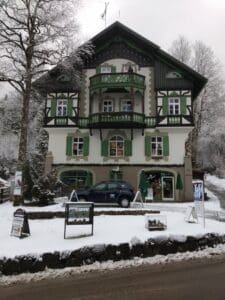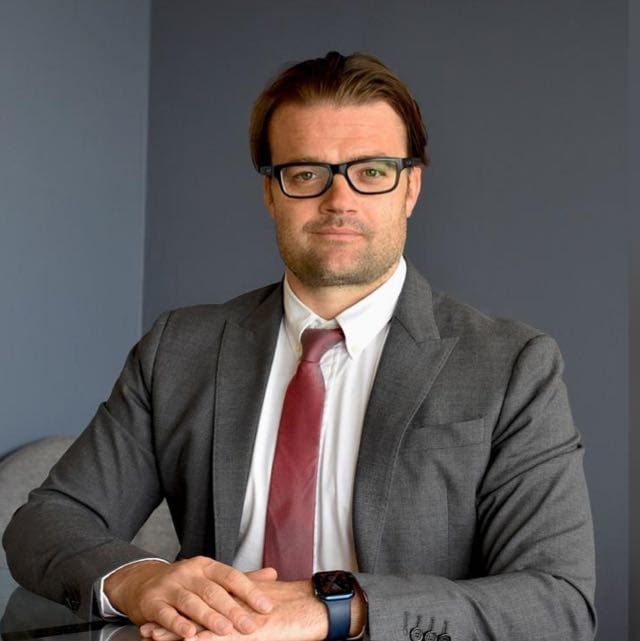Frankfurt’s Jewish Community – German Citizenship for Grandchildren
The Jewish community in Germany has been one of the prominent and outstanding symbols of European Jewry until World War II. One of the thriving communities that elevated its status was Frankfurt’s Jewish community.
The intriguing community, officially established in the early 11th century, flourished for centuries despite countless persecutions, hardships, and numerous pogroms. On the other hand, Frankfurt was one of the first cities where its leaders took measures to protect Jews and ensure their uninterrupted way of life. We will delve into this and more in the following article.
Are you in search of a lawyer specializing in German nationality law? In our offices in Tel Aviv and Jerusalem, we have a team of German-speaking attorneys who are well-versed in German regulations and have been assisting our clients in obtaining German and Austrian citizenship for over two years.

Frankfurt’s Jewish Community
There is an ancient German tradition that traces the Jewish settlement in Frankfurt back to the 6th century. However, based on historical chronological records, it can be determined that Jews have been present in the city since the 11th century. In 1074, Emperor Henry IV designated Frankfurt as one of the cities where Jewish settlement was permitted. This decision was made due to its significant role as a central trading hub in Germany, and the authorities sought to leverage this for the city’s economic benefit.
The first Jews who arrived following this decree were from the nearby city of Worms (known as “Warmaisa” in Jewish sources). Since it was an important trading center, its markets were frequently visited by the city’s Jewish population, who were exempted from customs duties. This effectively boosted the local industry. In the 12th century, a thriving and organized Jewish community existed in the city, albeit still relatively small in size. Many agreements between the community and the city’s residents are documented in the city’s archives today.
However, the local Christian population, primarily impoverished, did not acknowledge that Jews could accumulate wealth without resorting to usury or fraud. As a result, there were recurring incidents where mobs would come to the Jewish ghetto, numbering in the hundreds or even thousands of men, to plunder and confiscate Jewish property, though these actions were against local laws. In the mid-13th century, approximately 200 members of the community were killed by marauding Christian attackers, including three rabbis and a cantor. Over 70% of the community members were murdered, and the remaining few converted to Christianity out of fear for their lives.
Life of Frankfurt’s Jews in the 14th Century and Beyond
In 1349, the Black Death plague struck the city, leading to the revocation of the protected status of Jews in the aftermath. Consequently, mobs once again descended upon the entire community, massacring its members. Even those who survived preferred to set themselves on fire within their homes rather than venture outside and face the wrathful mob. Frankfurt’s Jewish community was completely obliterated.
However, due to their crucial economic role, the Jews were invited back to the city after 11 years. This time, unlike before, the authorities decided to establish the famous “Judengasse” – the ghetto. Naturally, among Jews, population growth was high, and by the early 17th century, it numbered around 3,000 people. Nevertheless, the authorities limited the expansion of the ghetto, leading its residents to build multi-story buildings due to overcrowding. Moreover, even though the community prospered and attracted newcomers from across Europe, the ghetto, like most medieval ghettos, remained squalid and unsanitary, leading to various illnesses and poor hygiene conditions.
Over the years, they often suffered from attacks by different pogroms. However, what saved them was their ability to pay exorbitant protection fees to the authorities, securing their safety. In 1624, a well-armed mob once again breached the ghetto’s walls and wreaked havoc. This time, the local Christian population was not content with the esteemed status of the Jews, in particular as some owed money and wished to “settle their accounts” with blood. However, unlike previous occasions, the Emperor intervened and requested that the wrongdoers be punished.
The Community in Modern Times
In the early 18th century, the rabbis ceased to be the sole leaders of Frankfurt’s Jewish community, as enlightenment thinkers gained prominence. The community, which was considered among the German elite, sought knowledge and science, leading the rabbis to lose their significant influence. A century later, Abraham Geiger would stand and establish the Reform Jewish movement in the city. From these changes until 1933, the community thrived. The most famous Jewish family among them was the Rothschilds.
In 1933, the community numbered around 33,000 people. During the Holocaust, most of the community was sent to concentration camps, Lodz, Theresienstadt, and Buchenwald, leaving just over 500 survivors by the war’s end. Today, the descendants of survivors have the right to submit an organized application to the German authorities to obtain the desired German passport through a structured process.
Get in Touch – Immigration Lawyer for Germany
Our office specializes in obtaining European Union citizenships, including Austria, the Netherlands, Romania, Germany, and more. For further information, please contact us via email or the telephone numbers provided at the bottom of the page.
מאמרים מומלצים

